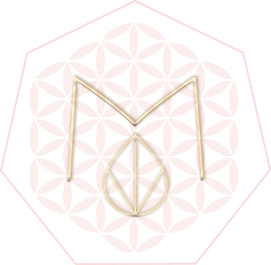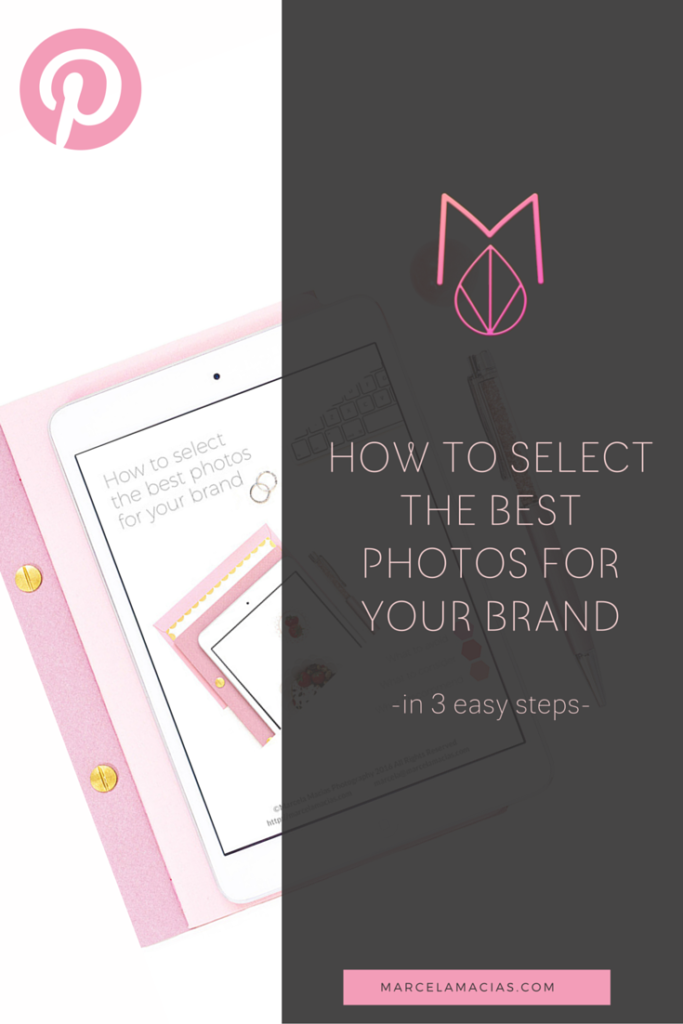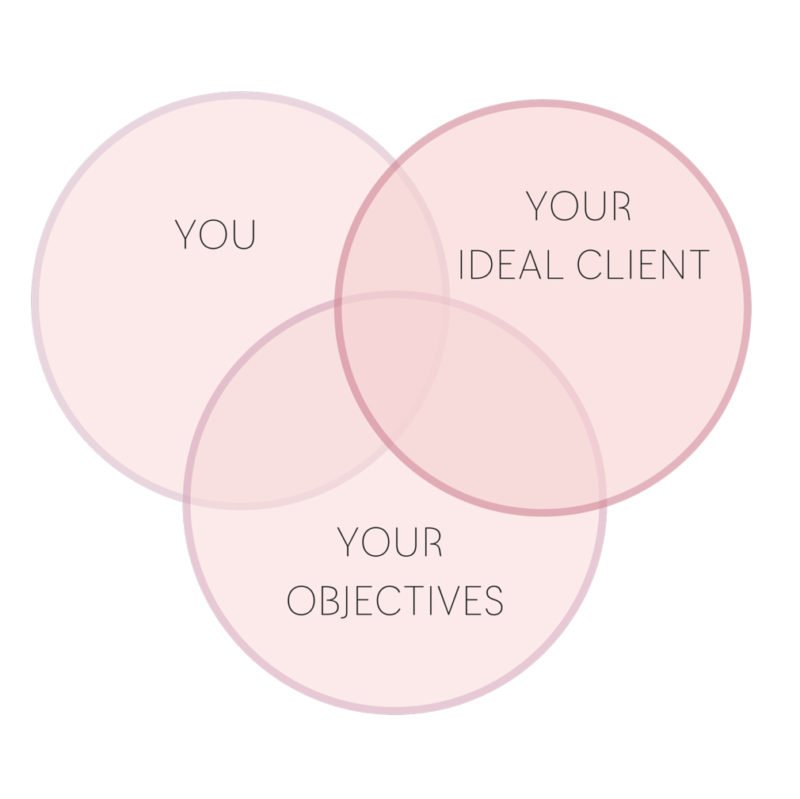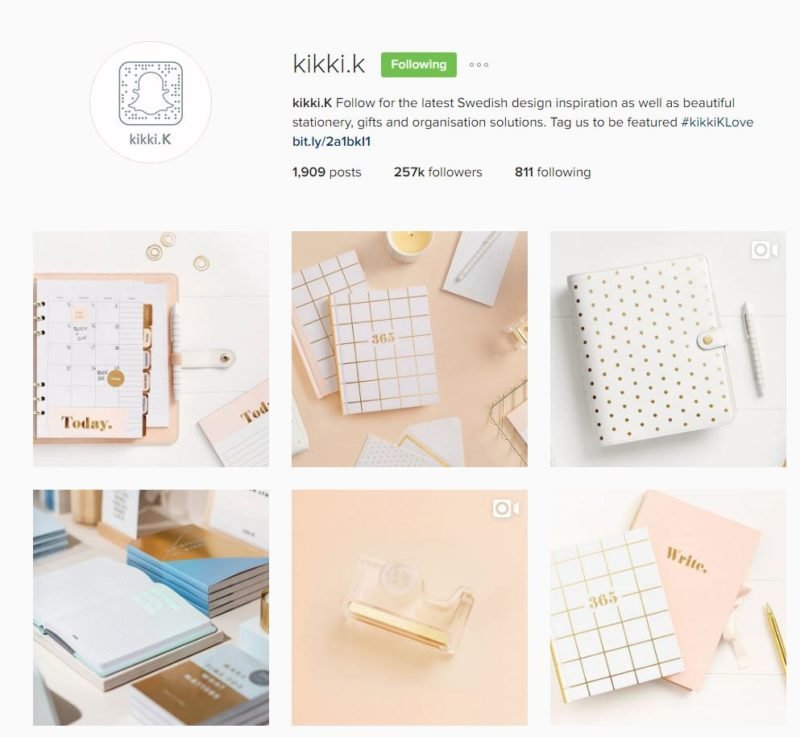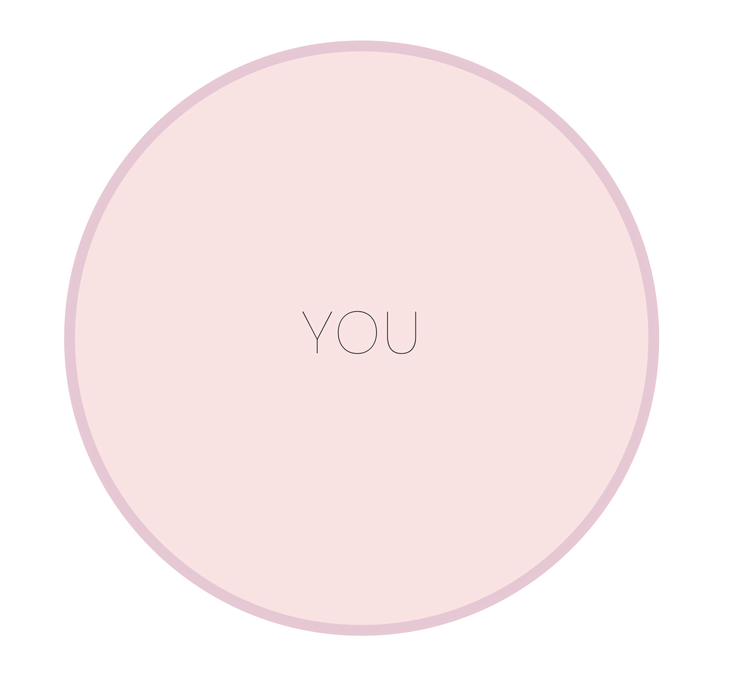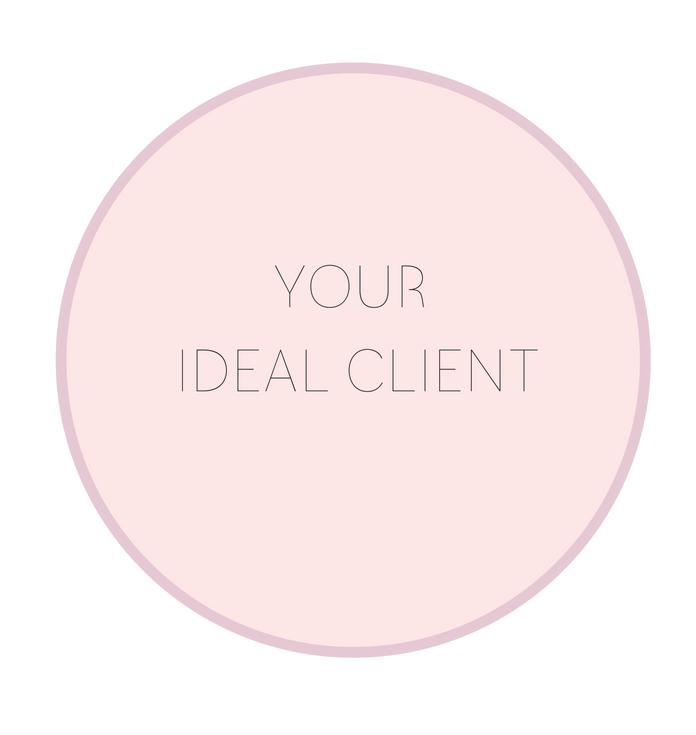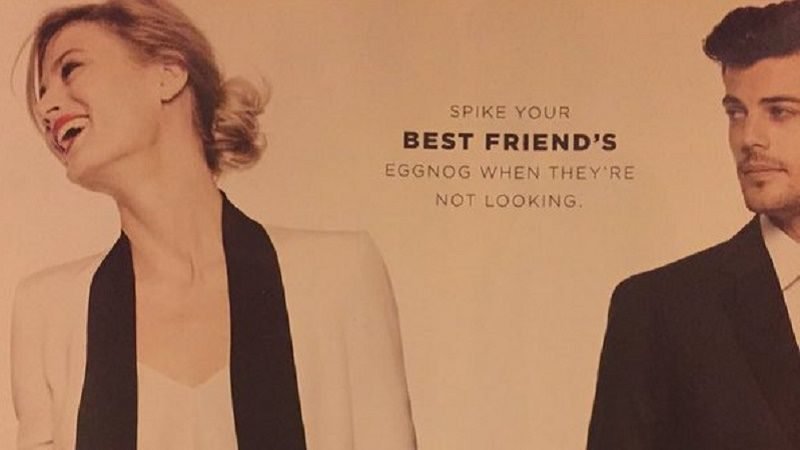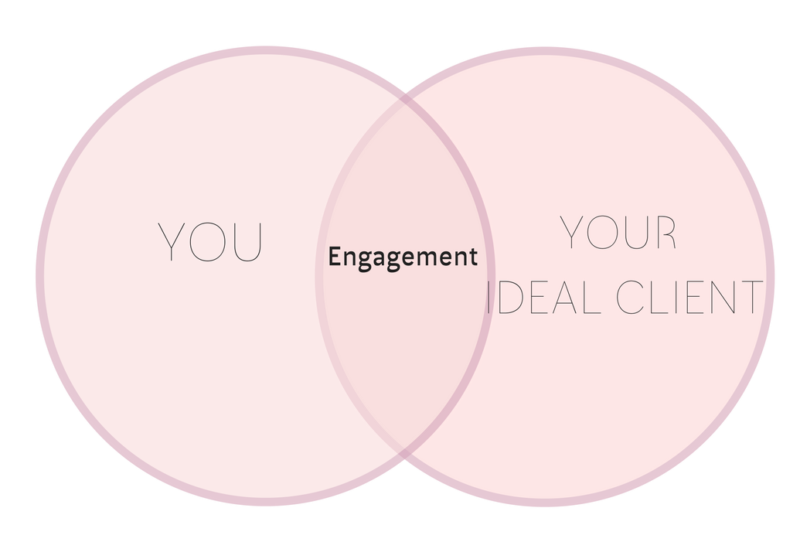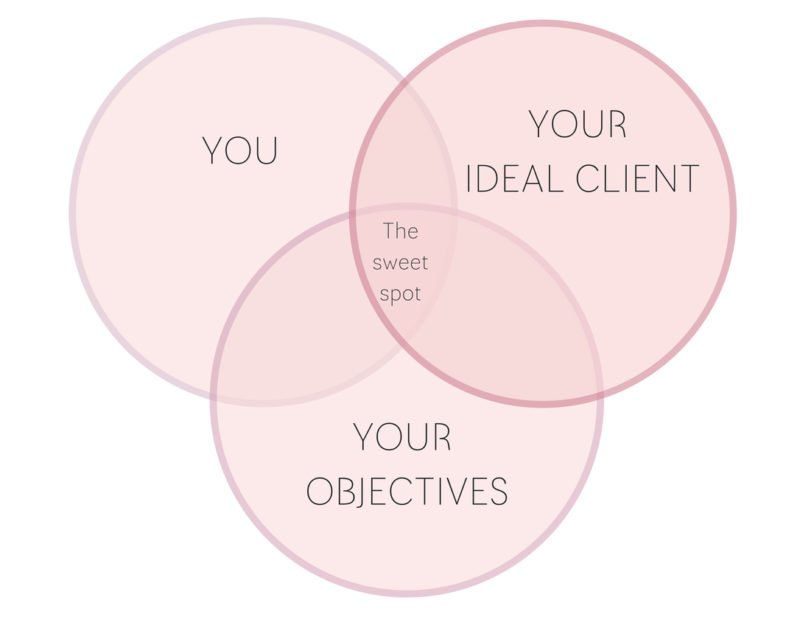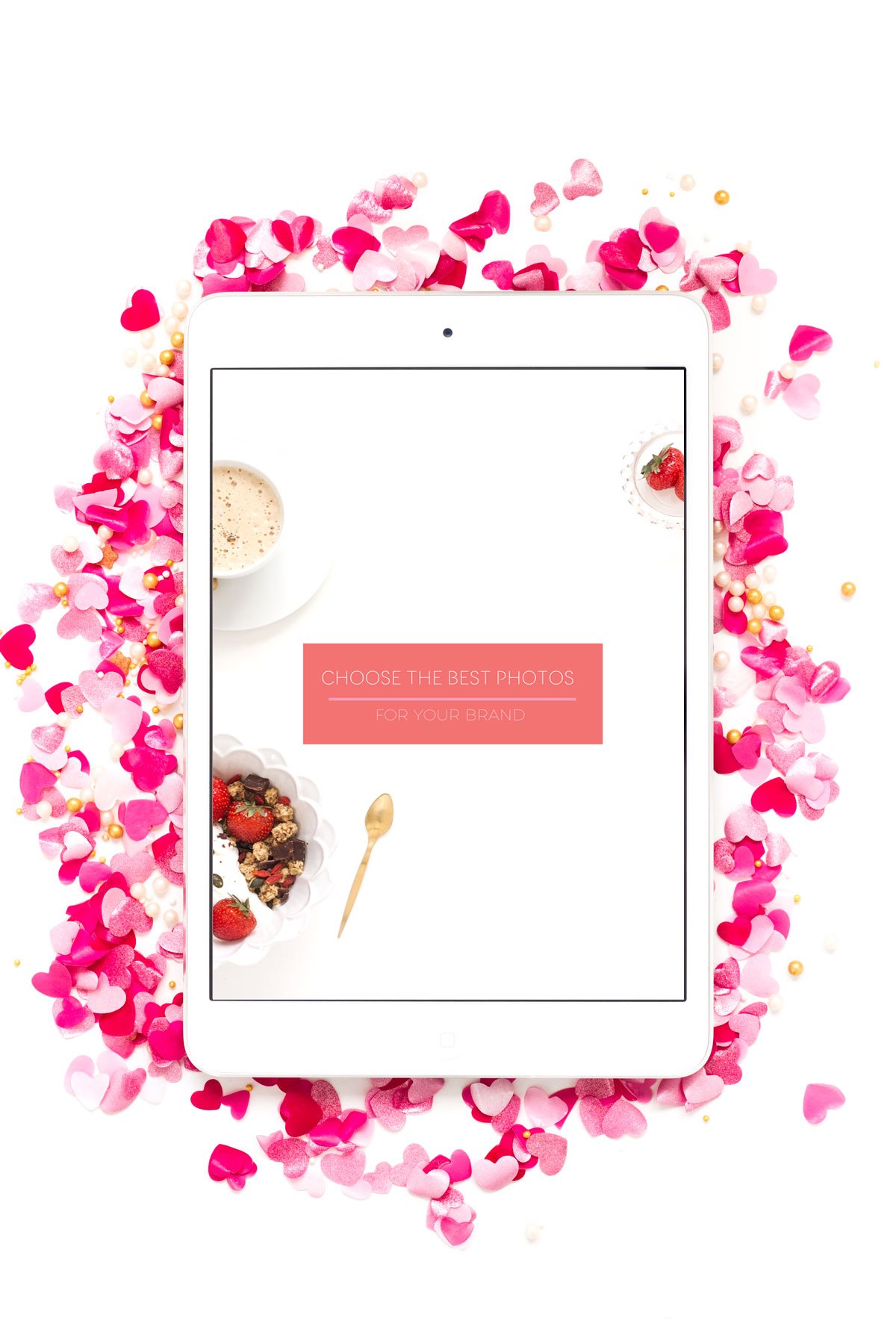Do I need to wear makeup for my branding photoshoot? [ Photoshoot Makeup Guide Part I)
Do I need to wear makeup for my branding photoshoot? [ Photoshoot Makeup Guide Part I)
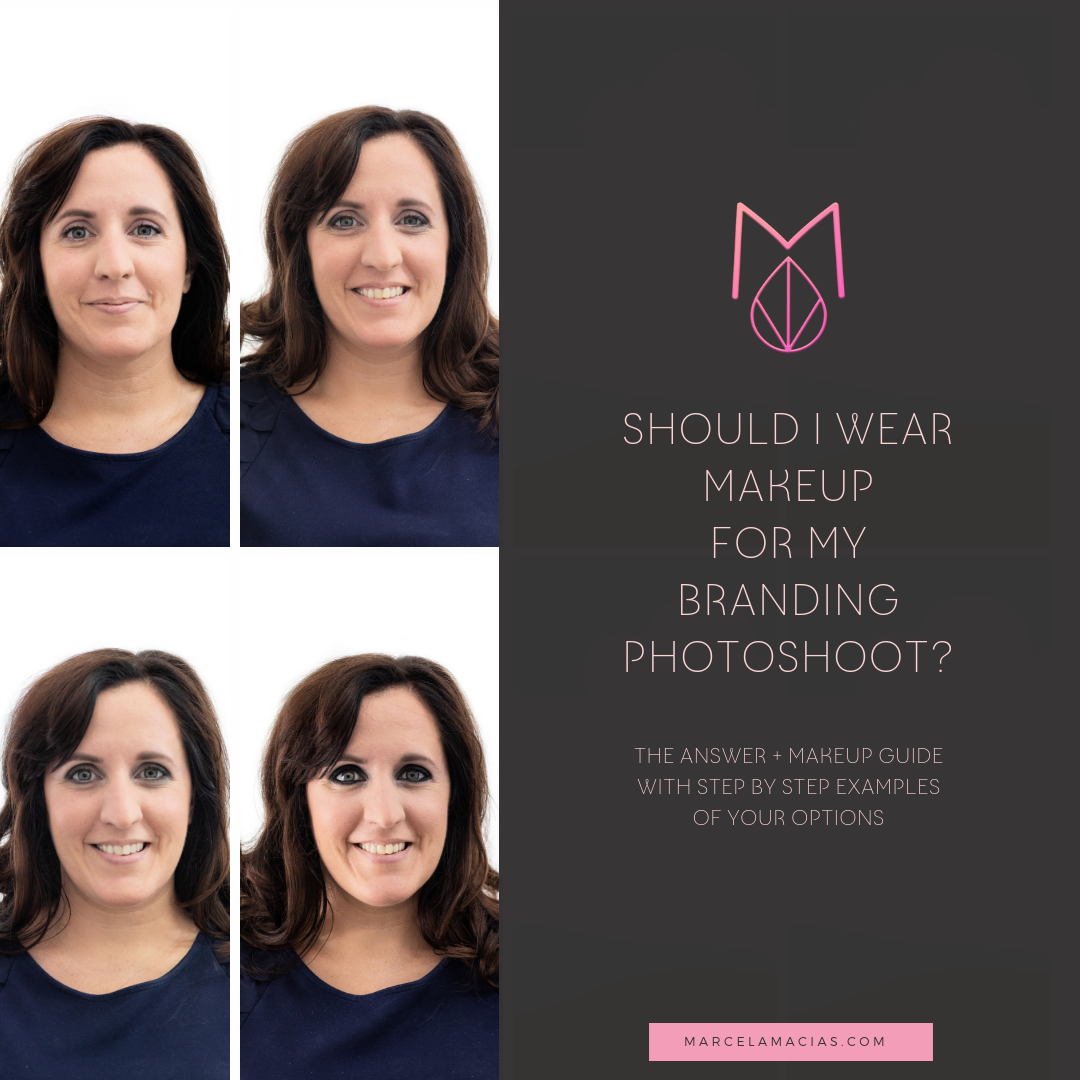
When I started photographing women entrepreneurs, three years ago, one of the main questions I’d get asked over and over again was whether my clients needed to wear makeup for their photoshoot, and if the answer was yes, how much should they wear.
Up until that time, I hadn’t realized how much the pervading imagery around what a “professional looking woman” was supposed to look like involved a whole lot of makeup. Most Pinterest images involved elaborate before and after shots where a woman would be transformed from the average mum we meet during school meetings into a diva worthy of a Vogue cover shot. The Makeup Guides I could find showed how different styles looked in 20 year old girls with a beauty worthy of a runway- even without makeup.
Needless to say, most of my clients had trouble believing me when I told them that no, they didn’t need to wear makeup for their branding photoshoot. That a branding photoshoot is more about authenticity than glamour (unless glamour is what your brand stands for, or your archetype favors elaborate looks, such as the Ruler of the Lover). That what makes you shine in images is a light, a passion, an energy that comes from within and connects to your ideal clients.
And, for those who wanted to wear makeup, they had a terribly difficult time seeing themselves in examples of perfect-looking 20 years old. So I decided to take matters into my hands, and create the resource I had fruitlessly been looking for elsewhere.
In the name of science, I used myself as lab rat and hired my favorite Cyprus makeup artist, Maria Kalogirou, to create 5 progressive looks that could help my clients, and you dear reader, decide whether you want to wear makeup for your next photoshoot, and if so, exactly how much.
The beauty of the system is that, being progressive, you don’t need make a final decision from the beginning. You just need to start, and then see how comfortable you feel as it progresses. You can stop after each step, take a mirror and say ” I’d like to move to the next one”, or “This is it, this is the perfect look for me, I don’t want anymore than this”.
I set the camera in Maria’s salon, and left it on a tripod while she worked. Whenever she would finish each step, I’d stand up and shot an image or two, then go back to the seat for her to continue. I also took photos with my cellphone in between, which you’ll see in this post too.
The images have not been digitally retouched: You can see my face exactly as it looked without makeup, and with it in its different stages. This is important because I want you to notice the difference each product added makes. Only then can you make a decision with any degree of certainty.
The triad below shows :
- My face without any makeup at all
- My face with a minimal look (bare minimum makeup)
- My face with a soft, yet a tad more sophisticated look.

These two first looks are the ones most of my clients choose for themselves, so I wanted to show you what they involve in detail. As you can see there’s quite a difference between the photo of my bare face and the first look. The skin tone is even, there’s no redness, my eyebrows look bigger and my eyes pop.
- The Minimal Look
The total time it took to accomplish the first look was 20 minutes, and this is what it involved:
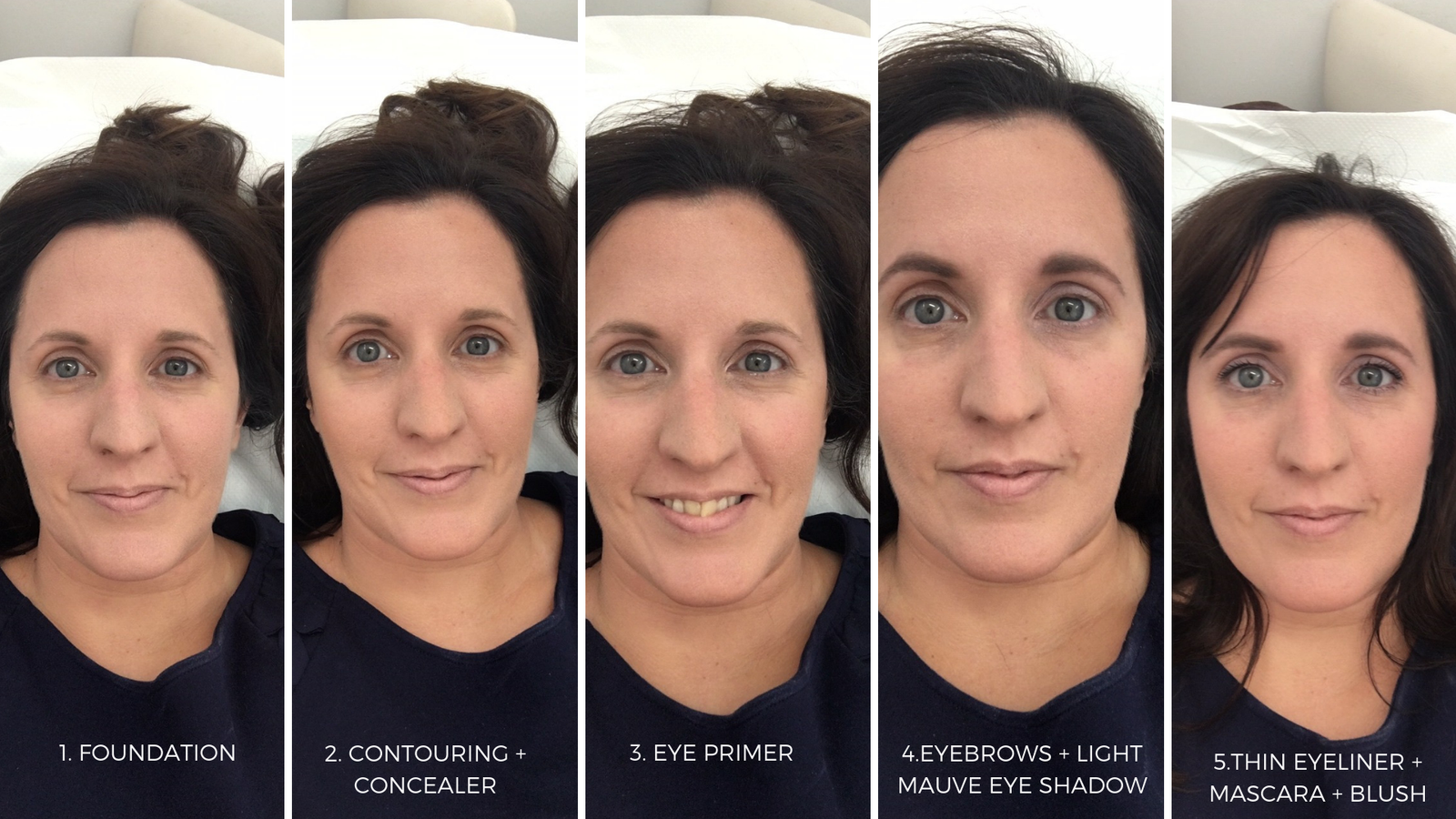
Maria begun by cleaning my skin and applying moisturizer. She then added liquid foundation in my skin tone, used two colors of powder for contouring (adding shadows and light to different areas of my face), and concealer to hide imperfections and the dark circles under my eyes.
The next step was adding eye primer (the eye shadow lasted perfectly 12 hours thanks to it), and then adding definition to my eyebrows.
Finally, she added a light mauve eye shadow (the one shown in the photo below, on the right), a very thin line of liquid eye liner, and one coat of black mascara. She finished it off with pink blush in my cheeks.

Here’s a close up of the first look and what it involved:

If you are not comfortable wearing too much makeup, yet want something light that can still highlight your best features, this may be the style for you. This is also a great style for those whose branding archetype tend to have more natural looks, such as Explorers, Girls next door, Caregivers, and even some Innocents and Heroines.
2. The Soft Look

After we shot the first look, Maria continued building on the look above by adding grey eye shadow to the outer corner of my eye lid and under my eye. She added very, very little, so much so that it took only 3 minutes to go from one look to the other, yet you can see (if you can get past my silly camera-triggered- with- remote- control face 😉 how they look quite different.
I believe this is still a day look, that can be worn comfortably with everyday clothes, and which can easily suit archetypes such as The Sage, The Ruler , The Magician, The Lover or The Creator.
Now we move to the three more dramatic looks:
3. The Day to Night Look
4. The Grey Smokey Eye look
5. The Black Smokey Eye look
In all three looks, the only thing that changed was the level and color of eye shadow used. Nothing else was touched on my face. On the final look, we could have used fake eyelashes, but I can’t stand them (they make me cry), so we didn’t. We could also have added a bit of nude lip gloss, but opted not to so as not to distract the focus from where we wanted it to be: the eyes.
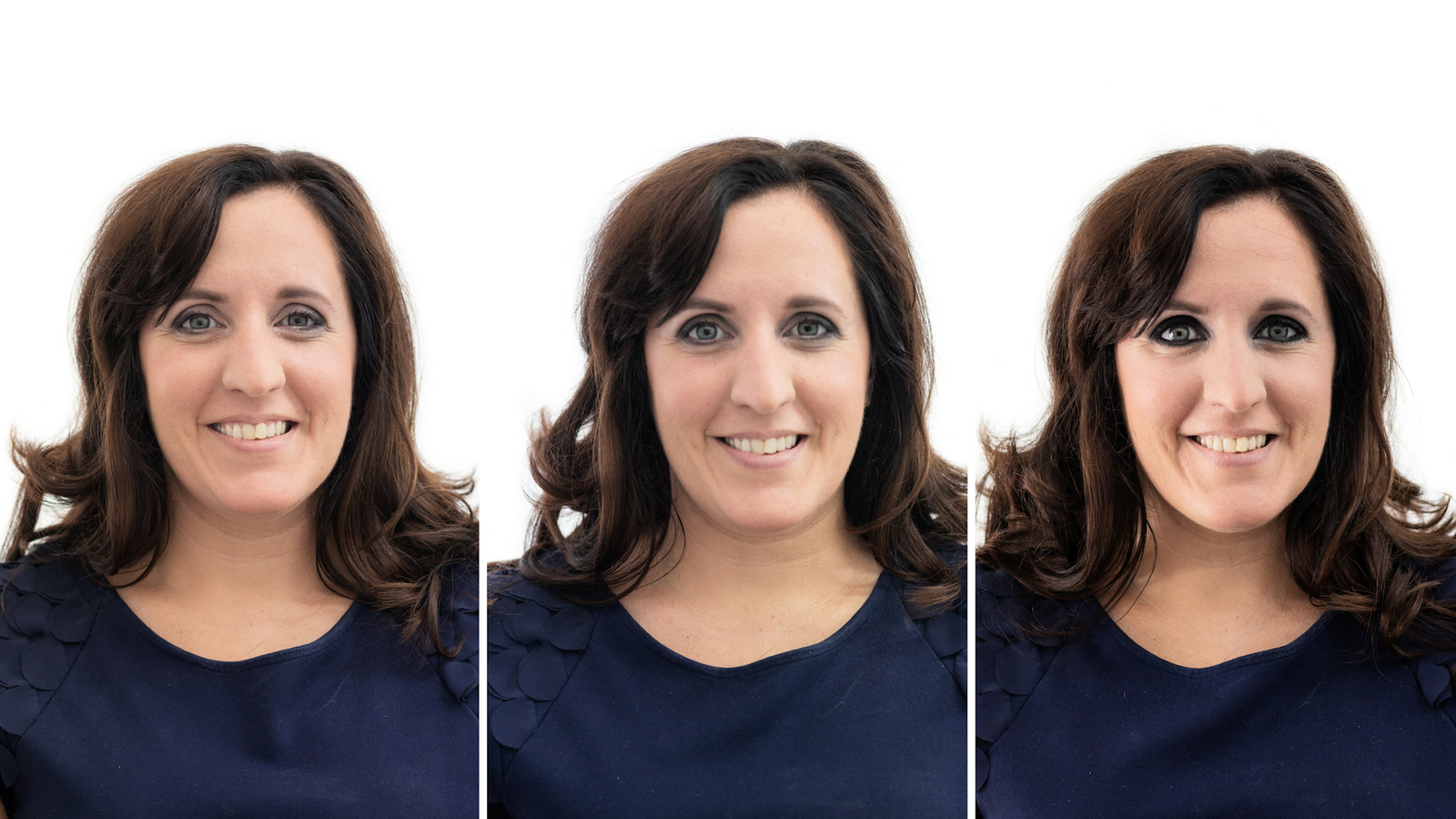
3. The Day to Night Look
For this look, Maria added a bit more grey eye shadow in the same area as in the look before, basically deepening it. The transition took, once again, no longer than 5 minutes.
This look works very well both during the day and at night. It clearly defines the eyes, yet is not so strong that cannot be worn with lipstick. This is the style I personally use when going for a party, and I complement it sometimes with my favorite red lipstick, YSL Rouge Volupté Shine number 4. This look can be worn easily by the same archetypes as the look before.
Here’s a closeup of the 3rd look, with what it involved:

4. The Grey Smokey Eye Look
With the 4th and 5th look, we enter into more dramatic territory.
I must confess this was the first time I tried the smokey eye look. I guess we can say I’m a bit late to the party, but I had this unfounded idea that I wouldn’t look good with them. I believed, like most of my clients, that they were “too much”, “not for me”, “too dark”, “too much like someone had punched me in the face”.
Well, I was wrong. I wouldn’t wear them everyday, nor probably for a branding photoshoot (I think looks 1 to 3 would be more brand-aligned for me personally) but for a special occasion, or a fantasy photoshoot? Yes, totally, count me in.
Soooo…Grey Smokey Eye came first, and it was a more natural transition from the look before.
In order to create it, Maria filled my upper eye lid with Dark Grey eye-shadow, blending it with a bit of black eye-shadow. She also deepened and strengthened the line under my eye and added a deeper line of eye liner on my upper lid too.
Here’s a close-up of this look:

And here’s a close-lid view of looks 3 and 4, so you can see the difference more clearly:

This look would look beautiful in fantasy shoots (think fairy tale style, like Mayi Carles’ The End of Boring) and also for those of you with branding archetypes of Creators, Magicians, Lovers, some Rulers, some Outlaws (it can scream “Rebel”with the right clothes), and some Jesters.
Getting from look 3 to 4 took 10 minutes.
And finally…drum roll please:
5. The Black Smokey Eye
This look is as dramatic as they get. And, confession time, it was kind of scary for me, who only wear one thick line of eye-liner on my upper lid and mascara, to go. It was also the longest it took: 20 minutes to move from look 4 to 5- and a whole lot of black eye-shadow!
Here you can see the transition (I asked Maria to work on one eye at a time so I could show you the difference between both smokey eyes):

To move from grey smokey eye to black smokey eye, Maria blended a ton of black and dark grey eye shadow, making sure to add only grey in the area where the eyes meet the nose, to avoid the “someone punched me in the face” look, which no one wants, amiright? She also added two more coats of mascara and an additional coat of black eye liner.
As you can see from the photos, This look completely covers the upper lid and creates a thick line around the lower part of the eye too, completely encircling it.
This look works amazingly for fantasy shots, such as the witchy self-portraits I did for The End of Boring below. It would also work beautifully for Outlaws…imagine these eyes, ripped jeans and a black leather jacket? Lovers could also pull it off in sensual shots (with a long, black or deep red satin dress, for example). It could even work for innocents, for as long as they were focusing on the fairy tale aspect of the brand (it wouldn’t work with every day clothes for them).
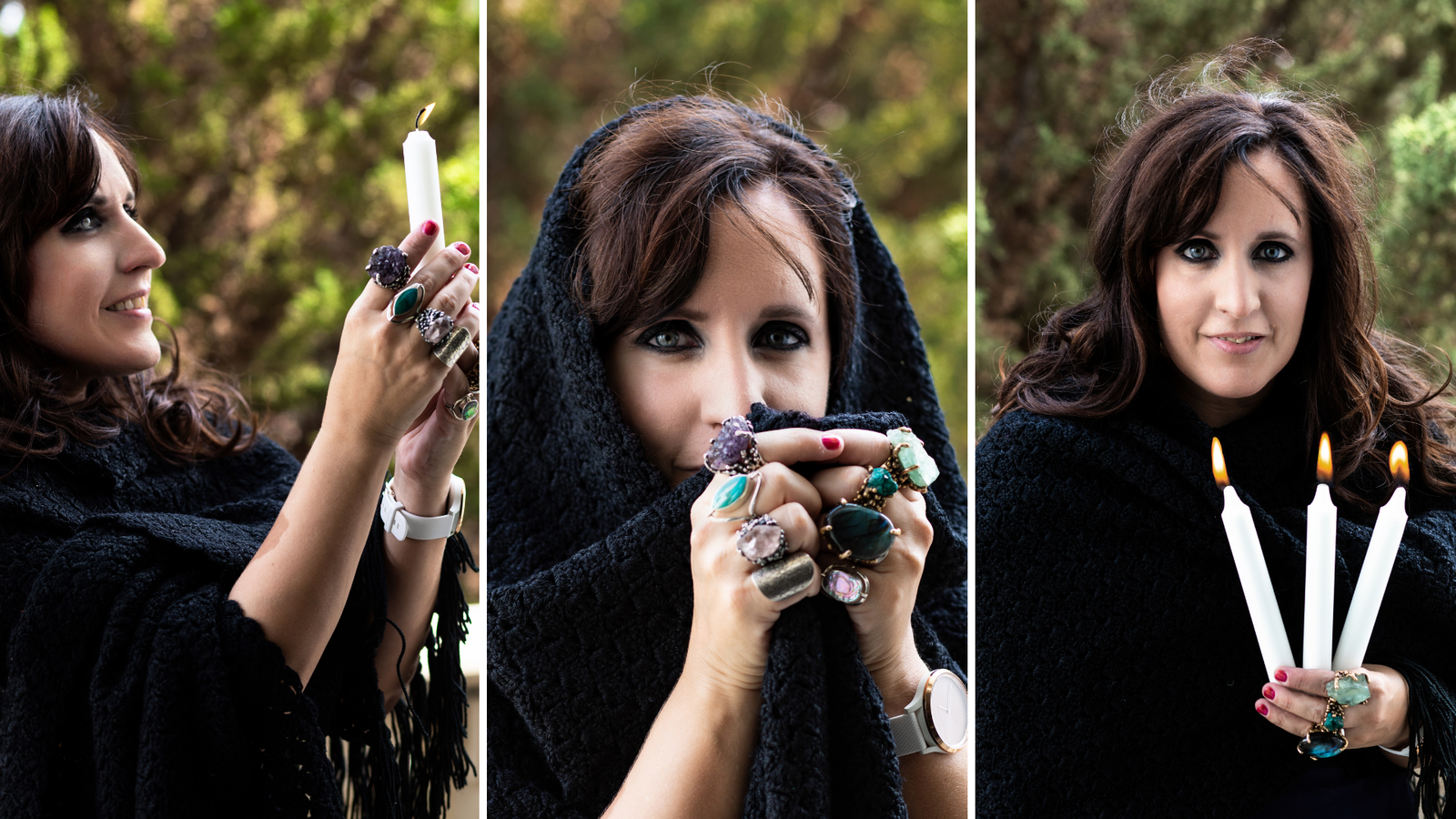
You can see a close up of this look here, with a detail of what it included:

Finally, here are all 5 looks side by side:
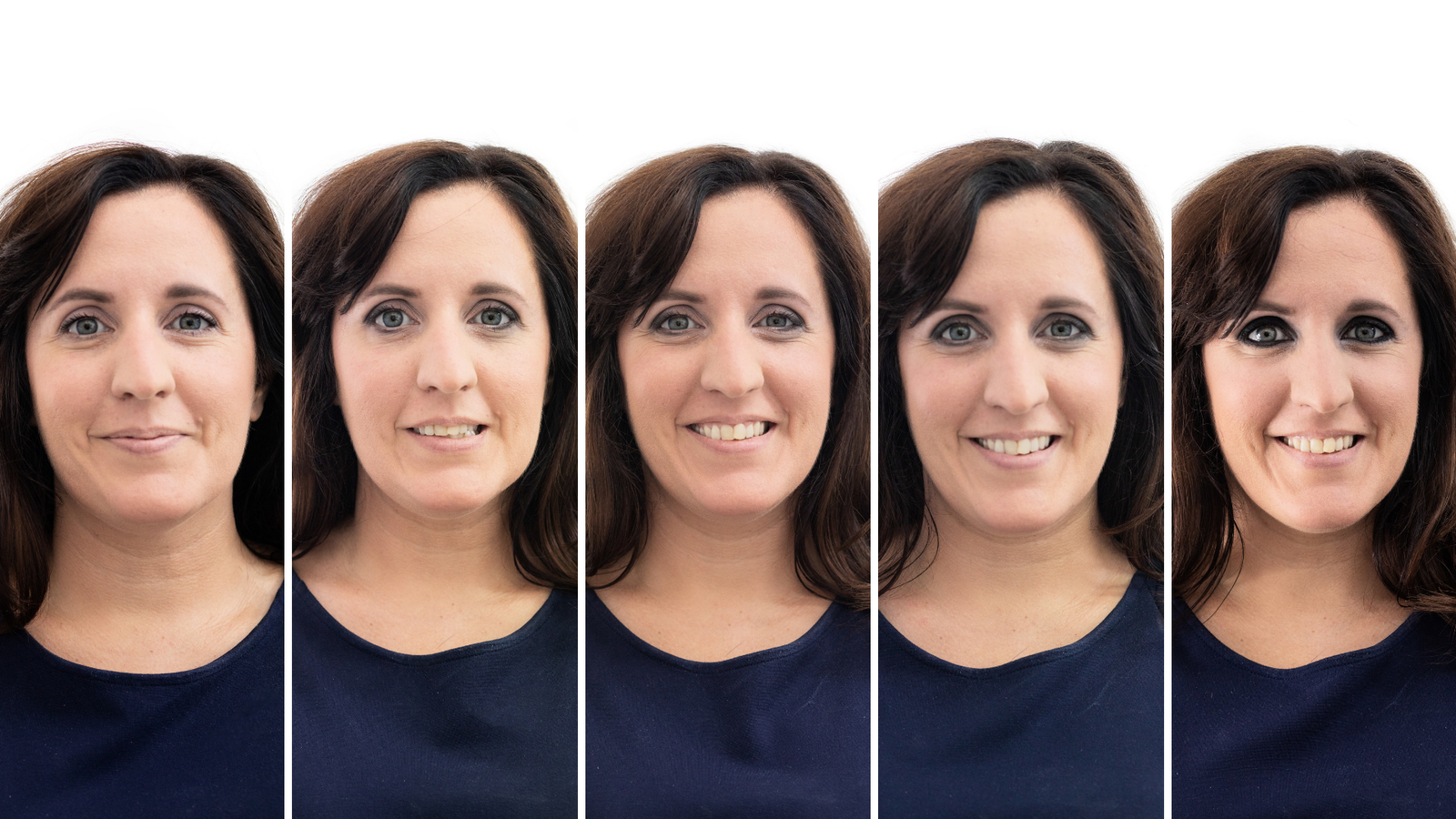
Which one would you choose for yourself? Which one feels more like you?
Have you ever tried Smokey Eye? Would you try it, if you haven’t yet?
Let me know in the comments below! And if you want to share and pin all 5 looks, here’s an image to help you do so:

Do you have dark skin with warm undertones? We have a makeup guide for you too, created by makeup artist Izmir Henry!
Check it out here:
PS: I’m now booking photoshoots in Europe and the Middle East for 2019 I. Check my packages here: https://marcelamacias.com/shine
